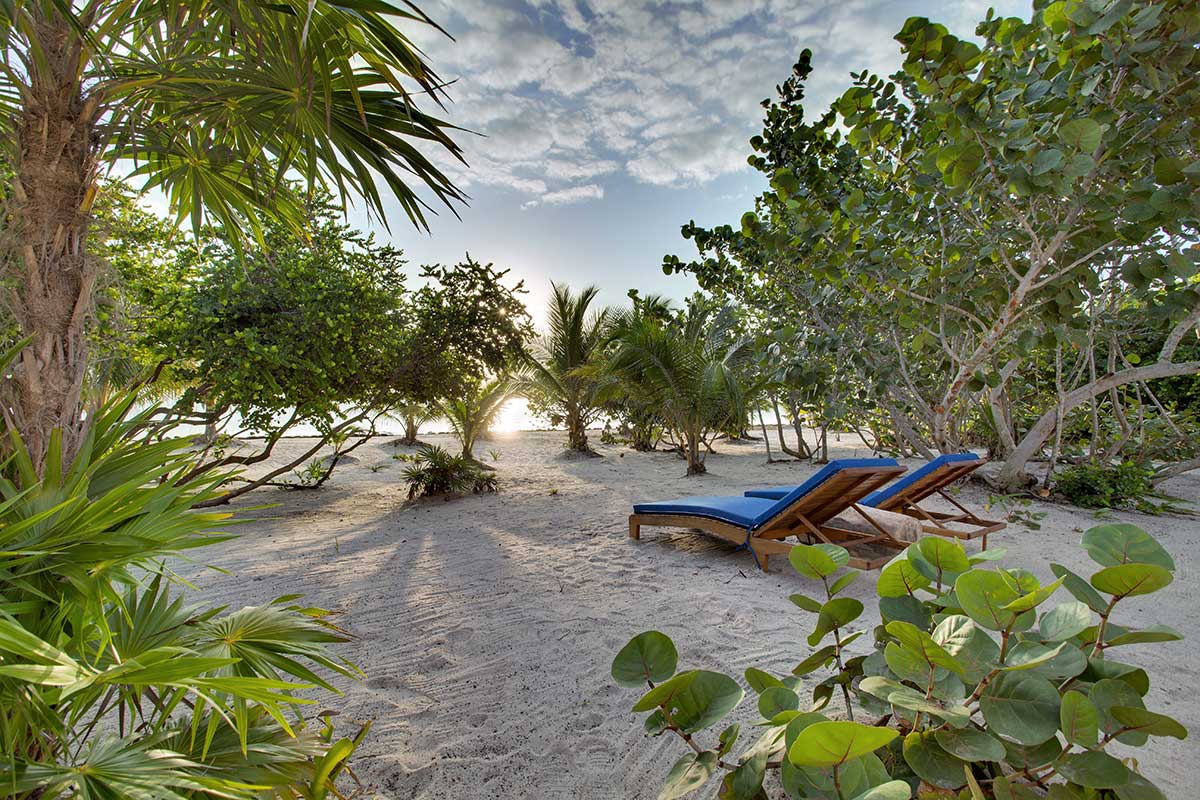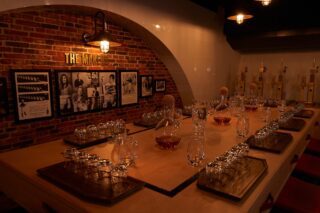This website uses cookies so that we can provide you with the best user experience possible. Cookie information is stored in your browser and performs functions such as recognising you when you return to our website and helping our team to understand which sections of the website you find most interesting and useful.
How beautiful Belize is enticing affluent investors – and eco-travellers – out of their comfort zones
By Michelle Johnson | 9 April 2020 | Travel
With cultural and ecological conservation at the heart of its luxury offering, Belize will soon be on the map for savvy travellers
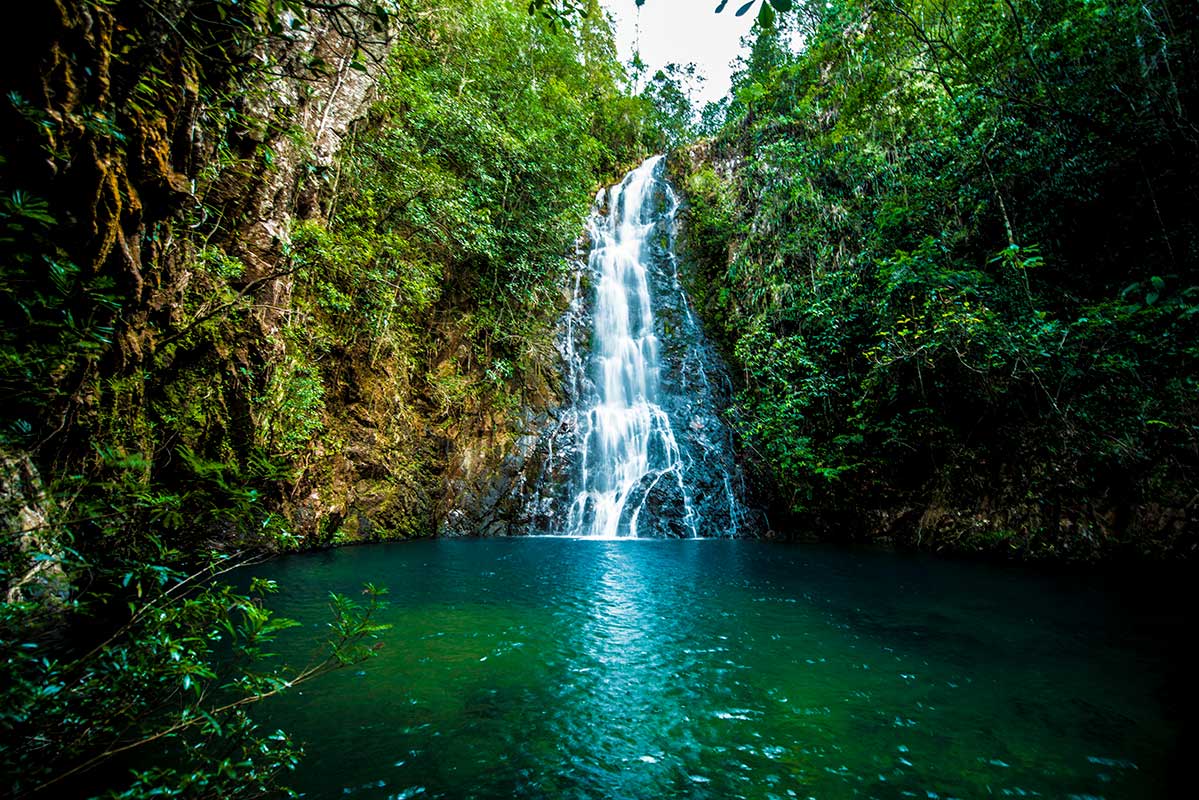
Download your complimentary copy of Tempus Magazine issue 67 now
Strolling alone through dense forest, with only the sounds of the local wildlife to punctuate the still air, it’s all too easy to feel you’re stepping into ancient history at the sight of grand Maya pyramids peeking through green leaves. This is Belize; an 8,867sq mi country that contains more undiscovered Maya structures than there are modern buildings and houses in the country.
Belize is not yet a luxury destination, at least in the traditional sense. A country of contrasts, it shares sometimes tense borders with neighbouring Honduras in the south and Guatemala to the west, while eastwards lies the Pacific Ocean and the myriad islands and cayes that make up its remarkably rich marine culture.
With fewer than 410,000 citizens, Belize is home to the smallest population in Central America, but its cultural and ecological significance is truly mighty. Belize’s seas are home to the world’s second largest barrier reef, while this little country’s range of diverse ecosystems and species of animal, bird and marine life make it a key part of the Mesoamerican Biological Corridor.
We fly to Belize via Atlanta – America’s largest and most efficient airport, as the tannoy system will tell you constantly – which provides a grand contrast to the tiny airstrip that greets us. If this inauspicious start doesn’t ring any alarm bells, the discovery that the country currently has just two surfaced motorways (connecting to Mexico and Guatemala respectively) just might. The rest of the country’s infrastructure is made up of smaller roads and dirt tracks, many are currently in poor condition and uncomfortable to traverse.
Despite this, Belize has become a beacon to the rich, famous and eco-minded, largely thanks to the growing trend for island ownership: Leonardo DiCaprio bought Blackadore Caye, near the Belize Barrier Reef, in 2004 with the intention of turning it into a self-sustaining luxury eco-resort. >>
Related: Castles made of sand: the desert design trend you'll want to explore in the winter
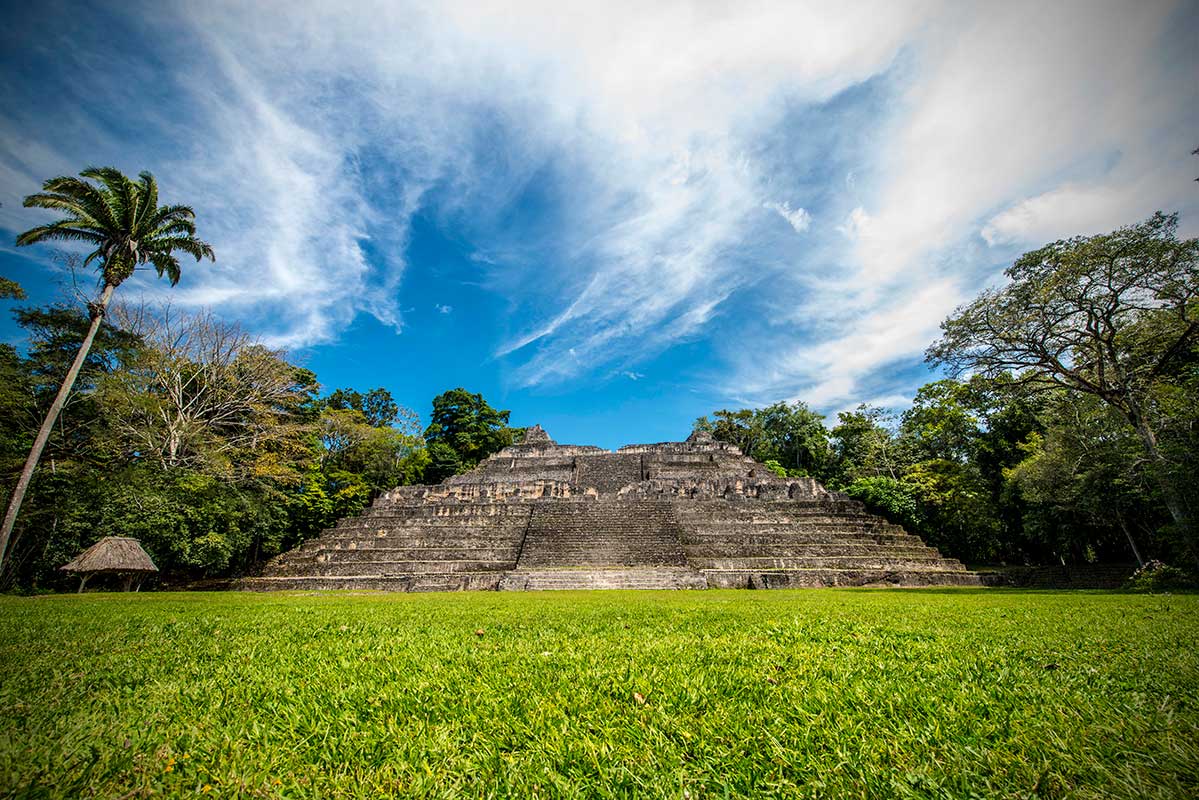
I’m delighted to find there’s also a small but ambitious luxury hotel scene on the mainland too, and one that’s putting sustainability and culture at the very heart of Belizean hospitality. Ka’ana Resort & Spa – the country’s only Forbes-recommended and Small Luxury Hotel-awarded boutique – is an impressive resort nestled in the tropical jungle near San Ignacio. Ka’ana (which aptly translates to ‘heavenly place’) offers sprawling private villas, authentic Belizean cuisine using ingredients from an on-site organic garden, and plenty of idiosyncrasies – such as a Maya fire pit, rustic garden swings and a well-used cocktail phone by the infinity pool – that all add warmth and personality to an excellent hotel.
Further south, in Placencia, there’s a wave of luxury new-builds and fully serviced residences – including Ka’ana’s sister property, Itz’ana Resort & Residences – providing affluent individuals new opportunities for high-end investment But what is it about this hidden nation that has wealthy travellers and savvy investors alike falling for its charms?
AN ANCIENT WORLD
Once the crown colony of British Honduras from 1862 until independence in 1973, Belize is the only nation in Central or South America that counts English as its official language. The mahogany-rich rainforests had attracted logging operations since the Spanish conquests as early as the 1500s but, before Columbus, Belize was part of the vast Maya empire that spanned 3,000 years.
Nowhere is the legacy of this great civilisation more apparent than Belize – from learning to make drinking chocolate the original way (thanks to Ajaw Chocolate & Crafts) to exploring some of the most impressive archaeological sites in Mesoamerica. We head to Caracol, a 78sq m complex located in dense forest and home to more than 40 structures and monuments – including the grand Caana or ‘sky-palace’ pyramid – and its meticulous excavation is still ongoing. In terms of cultural significance and natural beauty, Caracol holds obvious parallels to Chichen Itza in Mexico and even Sri Lanka’s ancient city of Polonnaruwa. In fact, once it’s excavated fully and easier access roads are built, I predict Caracol could easily be the next Angkor Wat. Until then, however, visitors are afforded a rare level of privacy and exclusivity that no well-known attraction can hope to match. >>
Related: On top of the world: Sri Lanka's new Aarunya Nature Resort creates an effortless escape
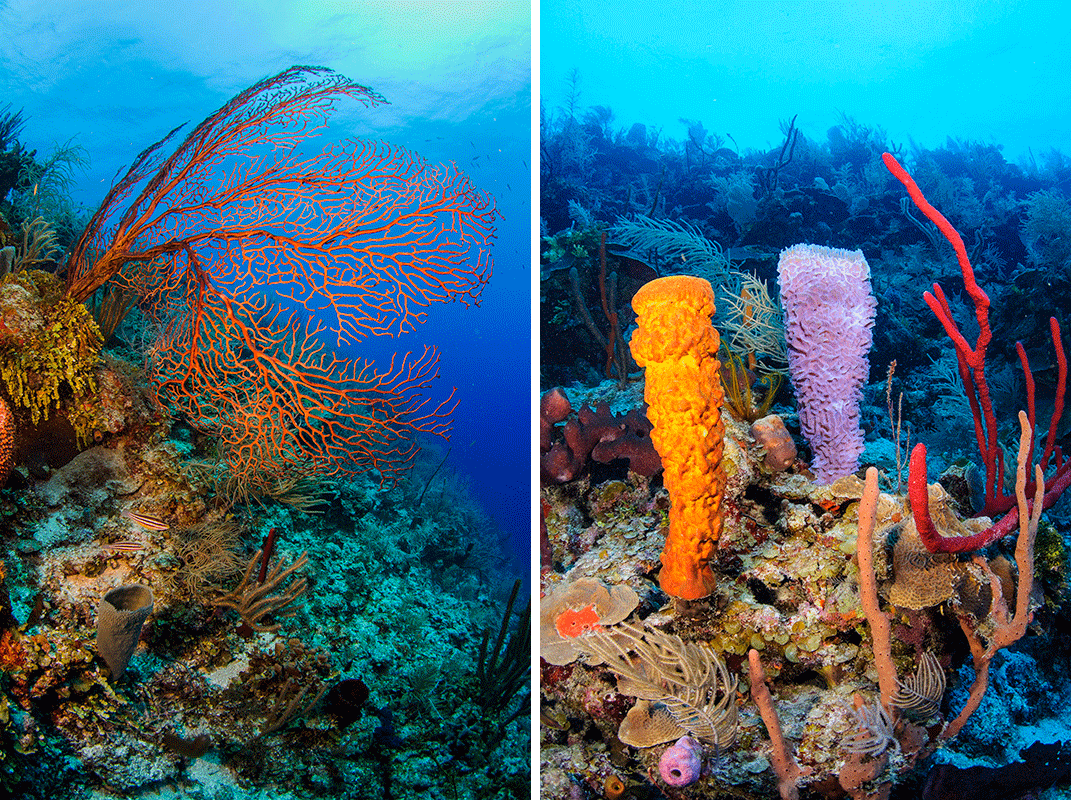
From the summit of Caana, views of the rainforests that hide hundreds more Maya ruins roll all the way into Guatemala; in the opposite direction, parts of the sprawling archaeological site are visible through the trees, giving some sense of Caracol’s vast scale. With the place to ourselves, we’re able to take our time to roam the site, exploring hidden nooks to discover the wildlife – including bats, tarantulas and howler monkeys – that call this home.
After our exploration is done, a stop at Rio on Pools is another uniquely private spot for an al fresco swim – and though facilities are basically non-existent, diving into the cool, naturally formed rock pools and waterfalls is a much-needed refreshment for the bumpy road south to Placencia, where I get my first glimpse of Belize’s turquoise sea.
CARIBBEAN COOL
With floor-to-ceiling windows leading from my elegantly minimalist beach house straight on to golden sands, Naia Resort & Spa is coastal cool at its finest. Although it’s set in a 200-acre reserve, there’s no need for the complimentary golf buggies to get to and from facilities; Naia’s main lobby and poolside restaurant, 1981, is a short stroll down the beach, where our hosts have laid on a festival of local food, cocktails and dance thanks to a troupe of Garifuna musicians.
Garifuna are the people of African and American Indian descent that live along the Caribbean coast of northern Central America and while the beautiful lesson in their culture and music – not to mention the rum cocktails – hints at the Caribbean influence to come, there is still some exploring to be done before we can truly say we’ve experienced Belize’s take on island living.
Sweeping upland from the Caribbean coast to the base of the Maya Mountains, the Cockscomb Basin Wildlife Sanctuary is the most spectacular nature reserve in the country, a thriving biosphere known particularly for its free-roaming jaguar population. As my travel companions climb the most difficult and mountainous trail available – a steep, four-hour hike to a dramatic waterfall – I take the opportunity to embark on a more meditative, but no less scenic trail. Alone in the rainforest on a peaceful trek, I’m able to get up close and personal with a range of flora and fauna, including exotic birds, butterflies, iguanas and monkeys. >>
Related: Awakening the wander list: where in the world do those with exceptional wealth vacation?
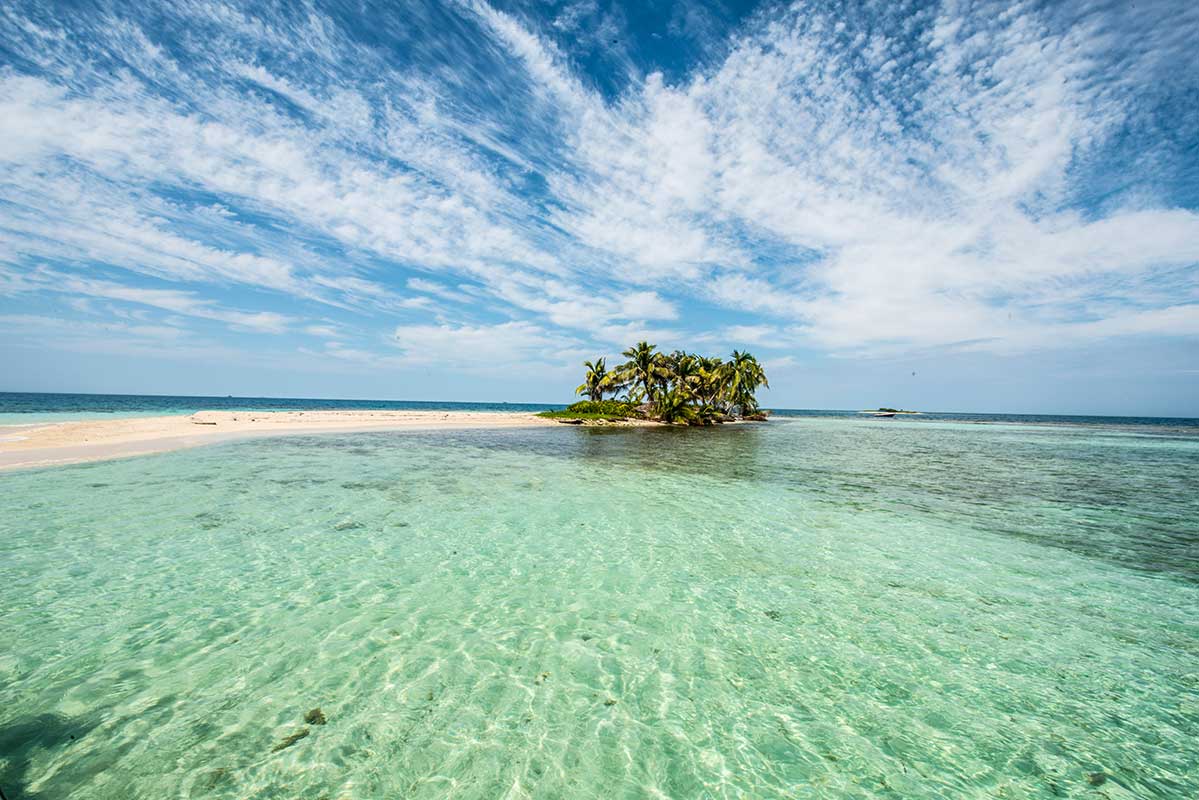
We discover how easy it is to experience the full breadth and depth of this small nation thanks to Tropic Air – Belize’s local airline, consisting mainly of tiny nine-passenger Cessna 208 Caravan propeller planes – which makes stops at various domestic airports, landing strips and cayes across the Belizean coasts. For a true taste of island life, we head to Caye Caulker, a local holiday spot comprising of mangrove forests to the north, and a lively village to the south. It’s the perfect spot for fresh lobster, relaxed sundowners and, most importantly, snorkelling in the Belize Barrier Reef.
The Belizean reef was described by Charles Darwin in 1842 as “the most remarkable reef in the West Indies”, and his observation remains true today. Home to 70 hard coral species, 36 soft coral species and 500 species of fish, the reef is vulnerable to ocean pollution, climate change and tourism, but the country’s stringent conservation efforts have seen a slow but sure growth of healthy coral that is inspiring reef countries the world over.
Now enshrined in government legislation, that passion for conservation is shared by locals, including the captain and crew of Raggamuffin Tours, who have arranged a day of snorkelling and diving. Under their expert guidance, we swim with manatees, nurse sharks, giant sea turtles, angelfish and more, learning about the diverse coral and anemones that are so vital to life beneath the waves, and efforts to bring new life to the reefs.
While the country’s infrastructure and facilities are still growing – and rehabilitation of major roadways is currently under way thanks to significant investment – what Belize offers is a faultless mesh of diverse cultures, historical interest and natural resources, as well as the growing emergence of a truly enviable eco-luxury tourism offering. This is, without doubt, the destination to watch, and a country I am grateful to have discovered at the beginning of its rise to must-visit luxury status for investor and eco-adventurer alike.
Read more from our automotive special and download your complimentary issue of Tempus now
